At this time of year, the signs abound. Colourful backpack displays have replaced the Slip-N-Slide demo at Walmart. And if you listened closely last week, you could hear the faint rumble of desks being rearranged in classrooms that will, beginning today, be jammed with young, spongy minds.
Like thousands of other educators, I will take my place at the front of one of those classrooms and play my part in the time-honoured tradition of teaching and learning. Many assume that the role of the student is to passively absorb one version or another of a formal education. However, if you’re like me, this approach falls dramatically short of making the grade. That’s why it is so critical for educators to fashion learning experiences that extend beyond the sterile classroom and out into the streets, where critical minds will wrestle with the detritus of conflict and change.
Last year, me and my class did just that.
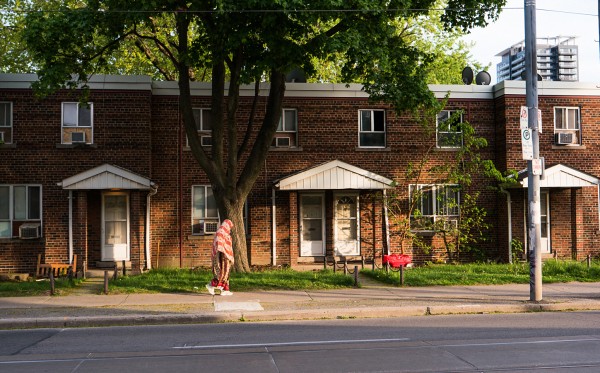
Regent Park Redux
There were 32 of us in all — 28 grade 8 students from a suburban middle school, two teachers, a mom and a grandma, dropped off in the middle of Phase 5 of Regent Park’s Revitalization project.
Within moments of stepping off our still idling school bus, one of my kids says, “Hey Ms. Townshend, my cousin lives there!”
We were standing at the foot of one of the few remaining low-rise buildings from the old Regent Park, Toronto’s oldest public housing project. As the class shuffled past the crumbling and soon-to-be-demolished residence that now sticks out like a hangnail on a sore thumb, I was reminded of a guiding principle I encountered in a philosophy of education class back in the late 1990s. The personal is political.
As educators, we often launch into classroom discussions about poverty, class, housing, and unemployment without always being mindful of the fact that despite the occasional commissioned report these “hot button” issues typically simmer on politicians’ back burners while they violently boil over in the lived experiences of much of our city’s youth. Many of those young people attend my school, which happens to be situated between at least two “priority neighborhoods.” Not an academic year goes by without the particulars of these priorities coming to light in the form of a child’s empty lunch box or a neighborhood shooting.
Each such incident offers a stark reminder that, first, the city’s poorest communities include a doubly vulnerable young demographic exposed to the myriad ways we’ve been shortchanging our country’s greatest resource; second, education practices need to aid students in unpacking the glaring discrepancies between reforms proposed to improve quality of life and actual quality of life; and finally, educators must engage the imaginations of those most impacted by political lip service in solution-based dialogue that engenders self-advocacy and civic responsibility.
This is the conversation I wanted to have with my Grade 8 students as we walked south on Sackville Street, past the impressive Regent Park sports field. These were the points I hoped would make their way into the consciousness of my students even as they stood, mouths agape, peering through the massive windows of Regent Park’s state-of-the-art Aquatic Centre.
“Why can’t they do this in our neighborhood?” one student asked.
It was a great question. Here was a perfect entry point into a discussion about who gets to make decisions that impact neighbourhoods — who is “they”?
The question may never have entered this student’s consciousness had we not been surrounded by these polished new buildings, among them the arts hub across the street from the pool.
This was the perfect moment to share a tidbit I’d learned about the naming of the community centre. Residents and local stakeholders initially decided to christen the building “The Regent Park Arts and Cultural Centre.” The Daniels Corporation (the developer responsible for the revitalization of Regent Park) swiftly purchased the naming rights for $4 million, so it would be dubbed The Daniels Spectrum.
After hearing this anecdote, my students became quiet for a moment, and then cautiously attempted to communicate what they knew in their guts: the understanding that those who can pay for pretty things ultimately get to put their names on pretty things. Does it stop at naming? Do “they” also get to dictate who uses pretty things and how? As one would expect with authentic inquiry, each question prompted remarkably honest and insightful responses.
Why do you think developers chose not to build public basketball courts in Regent Park? Because they don’t want teenage ballers hanging out and causing trouble?
Who stands to benefit from the mixed-income housing model? The poorer residents benefit because their houses are nicer.
Why do families that were temporarily relocated find it difficult, if not impossible, to move back to Regent Park? They probably like where they are now or can’t afford the higher rent.
How do you think Regent Park’s long-standing residents feel about the changes taking place in their neighborhood? They likely have mixed feelings…
As we boarded the bus to head to the next destination on our “urban streets field trip,” I reveled in the knowledge that we’d accomplished something no textbook or Ministry-mandated curriculum document could achieve: We’d literally stood amidst the ruins of a failed social experiment; kicked rubble from old brick buildings along streets now lined with the crystalline glass of new condominiums, and in moments fraught with awe for the changing landscape and critique of the ongoing conflict, we had confronted, head-on, the double-edged sword of progress.
One student, in fact, had announced that her cousin lived in the decrepit low-rise slated for demolition. No doubt, her cousin and family would soon be relocated to another community housing complex in the GTA — it could be anywhere: Malvern, Glendower, Chalkfarm. I imagined my student helping her cousin pack up her bedroom for the big move. I envisioned this moment as a crossroads in a relationship between two impressionable young people: one uprooted by gentrification development and the other whose eyes have seen the dubious writing on the walls of change.
My hope for them — indeed for all of my students — is that despite feeling powerless in the face of upheaval, these future adult members of society would learn to navigate these unnerving intersections with the confidence, discernment and awareness of the crossing guards they’ll surely encounter in the coming days.
Laurie Townshend is a Toronto-based media lit educator and film maker. Follow her at on twitter at @humanfreQ.

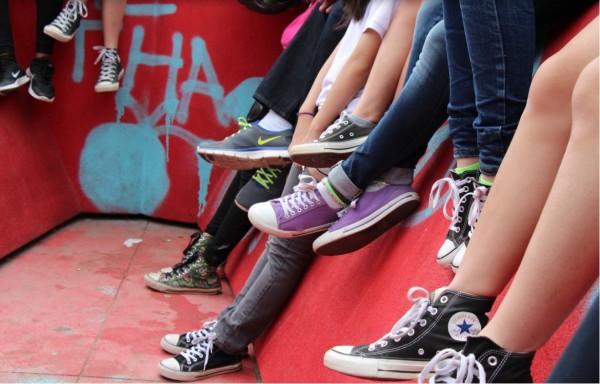
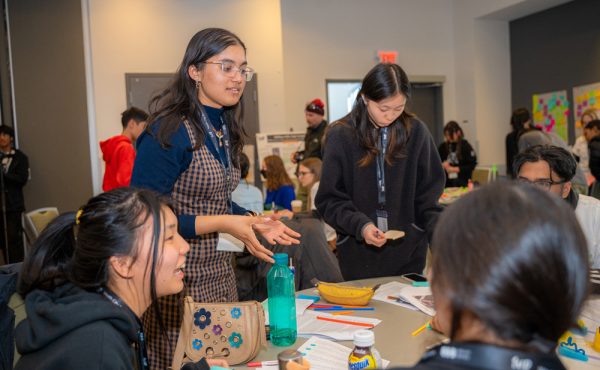
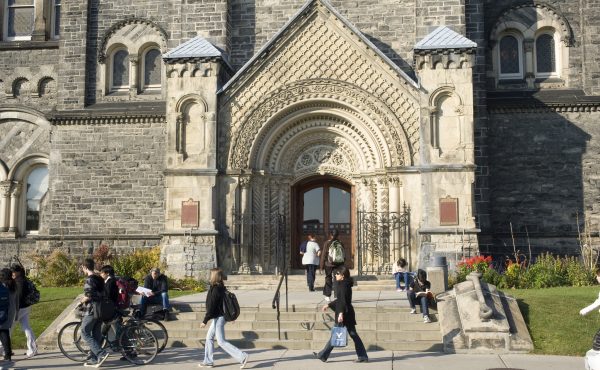
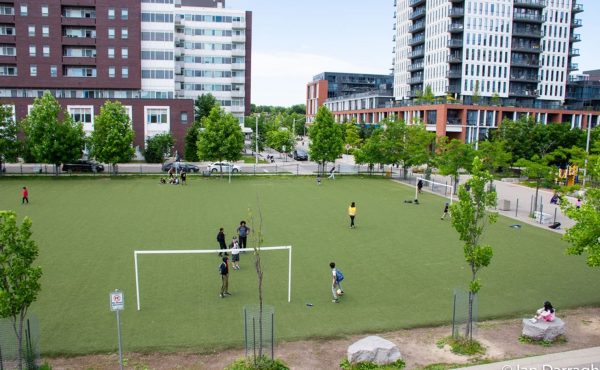
2 comments
One of the best trips I have been on. Can’t wait to go on another trip with my students exploring the urban landscapes this year.
A very insightful piece, a field trip I’m sure will leave a lasting impression.